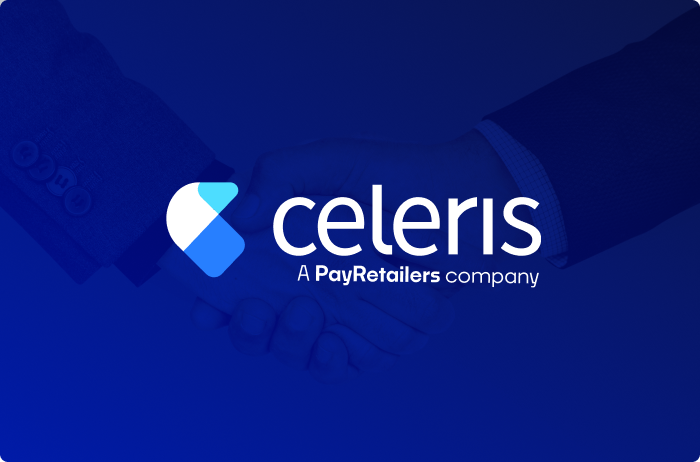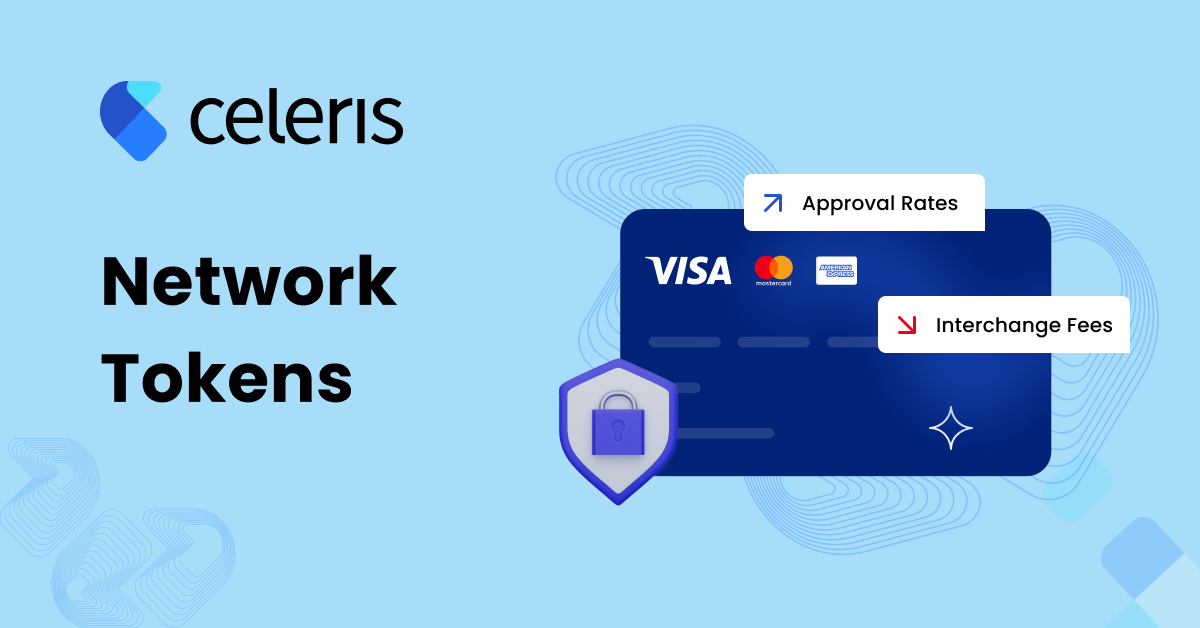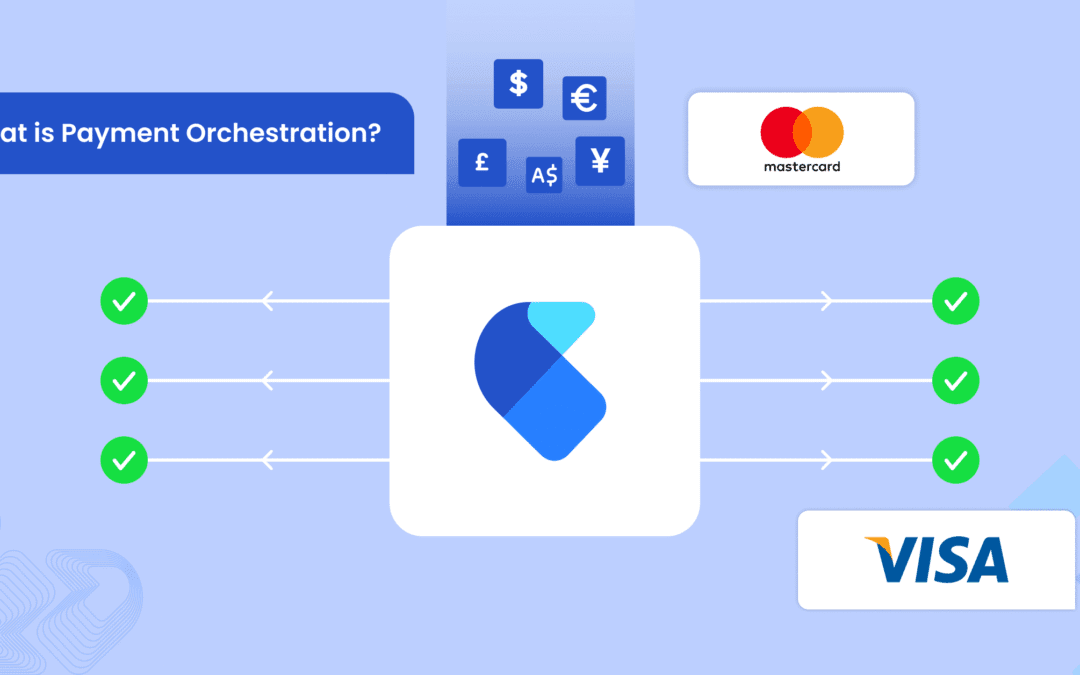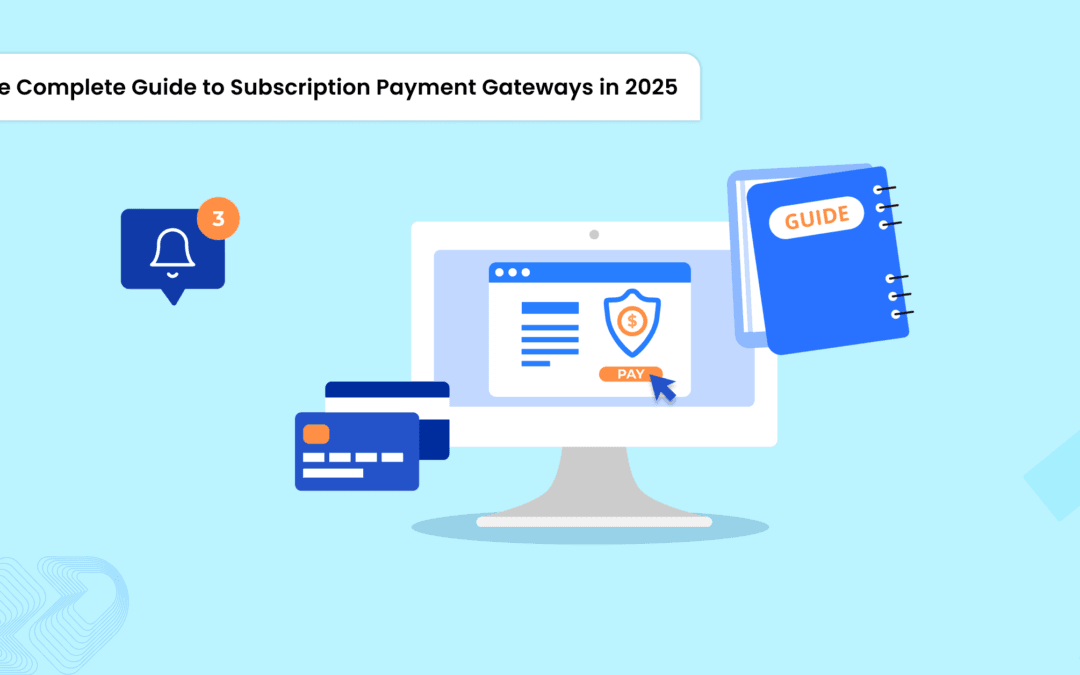Verifi specializes in dispute management, aiding sellers in revenue retention and cost reduction from banks.
- Resource
- /
- The Evolution of Cashless Payments
Contents
Recommended Articles
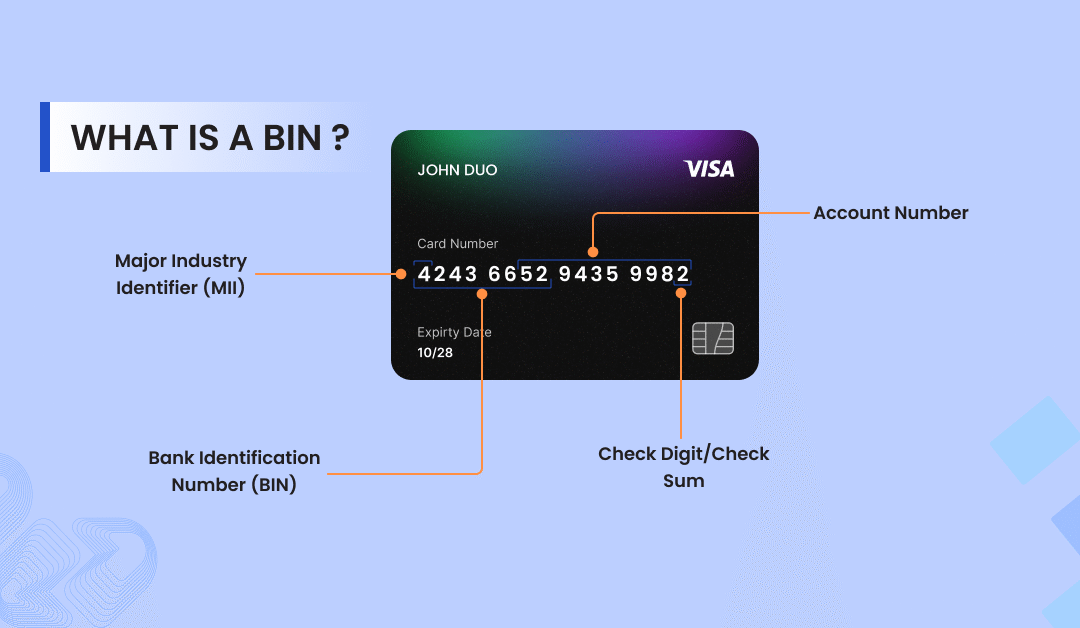
What is BIN in Card Payments? A Guide Every Merchant Need
November 26 2025 | Blog
Most businesses today close sales through conversations, not just via websites or apps. Customers interact with your brand across various channels, including Instagram, WhatsApp, email, and live chat.
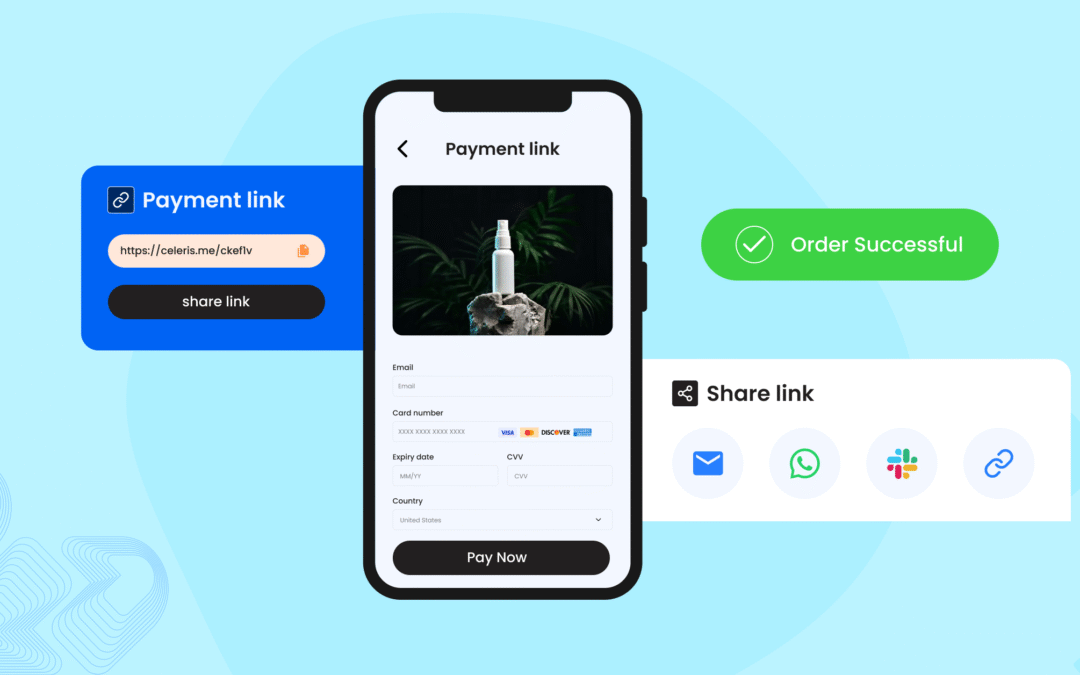
Pay by Link: A Smarter Way to Accept Payments in 2025
July 31 2025 | Blog
Most businesses today close sales through conversations, not just via websites or apps. Customers interact with your brand across various channels, including Instagram, WhatsApp, email, and live chat.
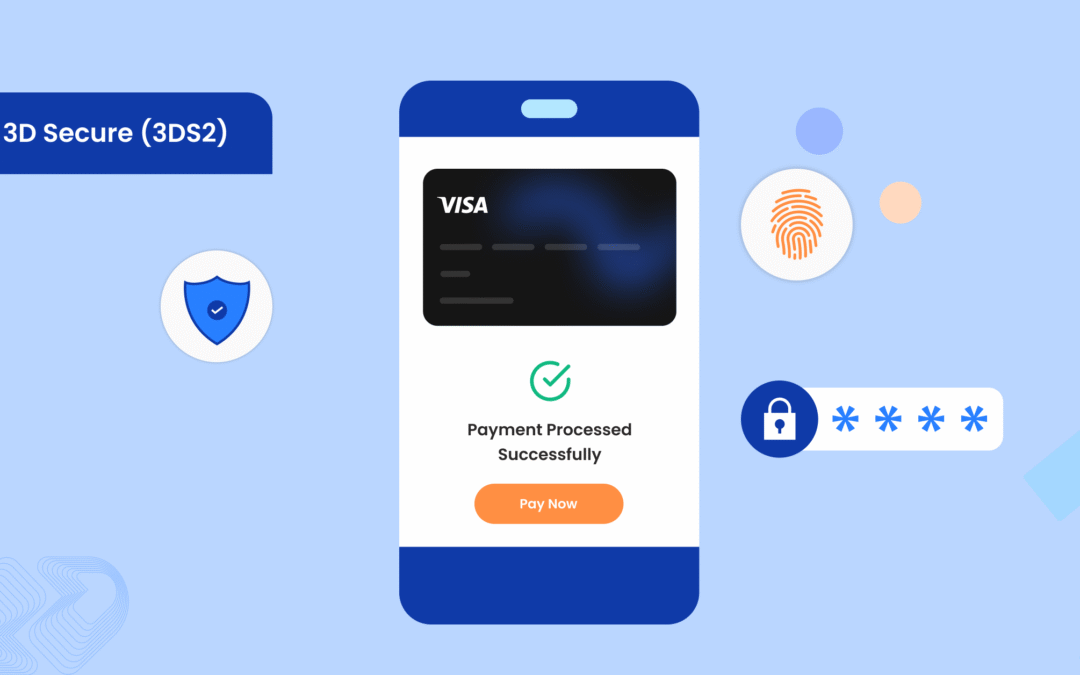
The Complete Guide to 3D Secure Authentication
July 11 2025 | Blog
Online payment fraud isn’t slowing down. As digital commerce scales, so do the risks of online payment fraud, according to a Juniper Research market…
Share This Post
The Evolution of Cashless Payments
By Chetan Chadha on 06/10/2020
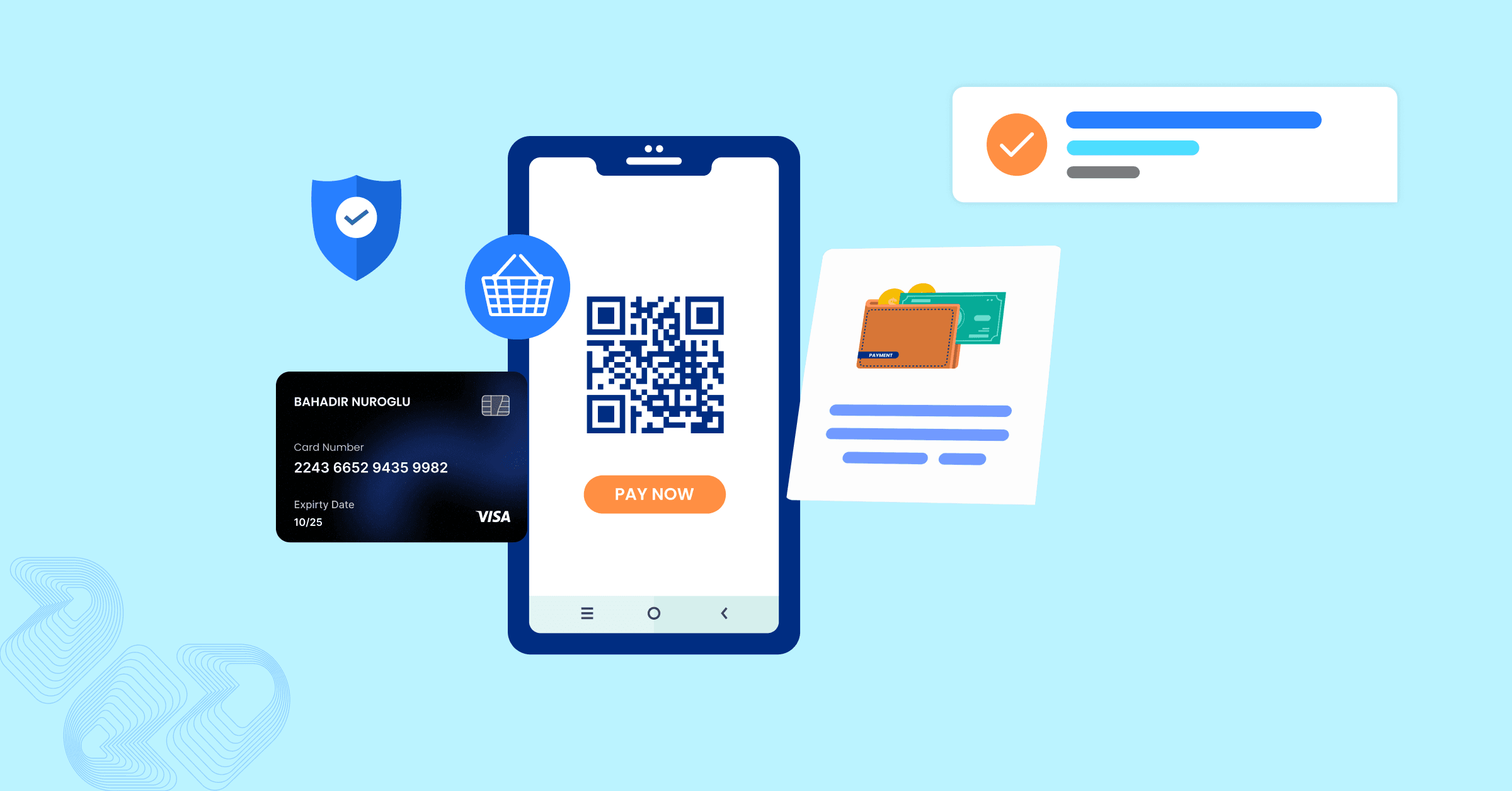
Contents
Introduction
E-commerce activities have been on the rise since the pandemic hit the world. According to Adobe, e-commerce growth has been massively accelerated by 4 or 6 years and expects to continue during the so-called ‘’second COVID-19 wave’’. Salesforce’s Shopping Index data have also indicated that global online sales revenue has grown up to 71% year-over-year in the second quarter of 2020. On the one hand, this change in buying behavior has impacted most traditional retail stores, still struggling to survive. On the other hand, merchants have taken advantage of the situation to invest in their online presence. People have no choice but to adapt to the new online trends using cashless (digital) payments more than ever.
Key Payment Trends
COVID-19 has impacted consumer payment habits as everyone currently keeps respecting safety measures and minimum contact. The evolution of cashless payments is a secular growth trend, and further change is on the horizon.
Among the top payment methods, digital wallets have been benefiting from this change. People have been using them even for in-person transactions to limit contact with coins and banknotes. Popular digital wallets like ApplePay, Paypal, and Amazon Pay have seen an increase in usage of more than 50% and a strong surge in new customers activating the wallet. In the three months ended June 30, PayPal revenue increased by 25% to $5.26 billion, for example.
Offline restaurants and cafes have started placing a QR-code on tables that guests can scan with their smartphone and use as a self-ordering tool. In this way, customers can place orders and complete the payment autonomously. Also, this new trend seemed to offer merchants several advantages. Results show that QR codes payments led guests to order a larger amount of food & drinks than when the staff members took the order at the table or the counter.
Moreover, in-app purchases have seen a significant rise. News (+189%), Fitness (+107%), Music (+93%), and Shopping (+30%) are the four most downloaded types of apps since the pandemic started. 2020 has been record-breaking in Apple’s App Store history, with users’ in-app purchases of more than $23 billion, and it is likely to increase in the following months.
In the face of crisis, the use of social media has once again accelerated. A survey showed engagement rose to 61% above usual usage rates. Businesses have also found renewed interest in implementing new features to attract user attention. For example, Instagram Shopping enables firms to share content with tags that redirect users to their website’s product page to purchase a product quickly.
Generally speaking, with consumers investing more money online, the demand for familiar and trusted payment methods has been growing significantly. While managing logistics worldwide is simple, offering local customers’ preferred payment methods has always been a pain. In the near future, businesses need to adapt to the various payment preferences that vary from country to country.
Key Market Developments
As time goes on, many businesses have registered a drop in demand. However, the current economic environment does offer some bright sides for a wide array of industries. Here some examples that experienced significant growth in the last months:Online Grocery Sales
From foot-traffic restrictions to long waiting times in the supermarkets, people believe that shorter supply chains and home deliveries are the optimal options for the present and the near future, with or without COVID-19. This new trend resulted in an increasing number of e-grocery shopping platforms. The growth has been so rapid that by 2023, Europe’s online grocery market will see turnover growth of 66%, as indicated by new research from IGD
Delivery Services
The online shopping boom has also fueled the growth of delivery services as people prefer to stay home now. Deliveroo, Takeaway.com, and Uber Eats are the food delivery giants that have supported the trend by waiving delivery fees on all orders across Europe. As a result, Uber Technology Inc switches its focus from the rideshare business to the food delivery service. Uber Eats records revenue doubled to $1.2 billion and last month announced the acquisition of Postmates Inc for $2.65 billion to expand its reach and supply everyday goods.Digitally Native Vertical Brands
Digitally Native Vertical Brands (DNVBs) are web-only direct to consumers’ brands such as Amazon, Zalando, and eBay that cut out the third-party retailer while promoting user-friendly and highly branded consumers e-commerce experience from the warehouse to the consumer. It is allowing more direct, valuable, and personalized experiences before and after purchasing a product. DNVBs have been trending early this year and are now growing faster, like 3-times as the average e-commerce retailer. In August, Amazon said its e-commerce business line registered a significant increase in revenues from last year, reaching a total amount of $45.9 billion, while analysts predicted $39.89 billion.
Online Gaming
There were already two and a half billion people worldwide playing online games. Yet, while looking for new ways to spend time and socialize comfortably at home, many of them have recently decided to participate in free or paid leisure online activities. The market includes online gambling such as casino, betting, lottery, which has seen a growth of $66.7 billion, more than 13% from 2019 to 2020, and expects to increase even more in the next years.
Conclusions
Overall, the global pandemic and the upcoming ‘’second COVID-19 wave’’ have rapidly accelerated some markets and online payments. Companies that have been hardly updating their website are now picking up quickly to satisfy customer demand while achieving their selling goals. The situation has also revealed the shortcomings that prevent companies from succeeding online, ranging from slow websites, payments decline, lack of innovative payment methods, and long fulfillment times. 2020 has recorded the highest number of online transactions with an unexpected evolution of cashless payments. In 2021, several e-commerce trends are predicted to keep growing but only time will tellLet's Connect
Just a few quick details. Our team will reach out to explore how our platform fits your payment stack and objectives.
Talk with one of our payment experts
Ready to elevate your business to new heights? Schedule a call with our experts to discuss your unique needs and uncover tailored solutions. Don’t let questions linger – seize the opportunity to pave your path to success!
Winner !
Best use of data analytics, MPE 2025
Best Payments Orchestration Solution, MPE 2024
